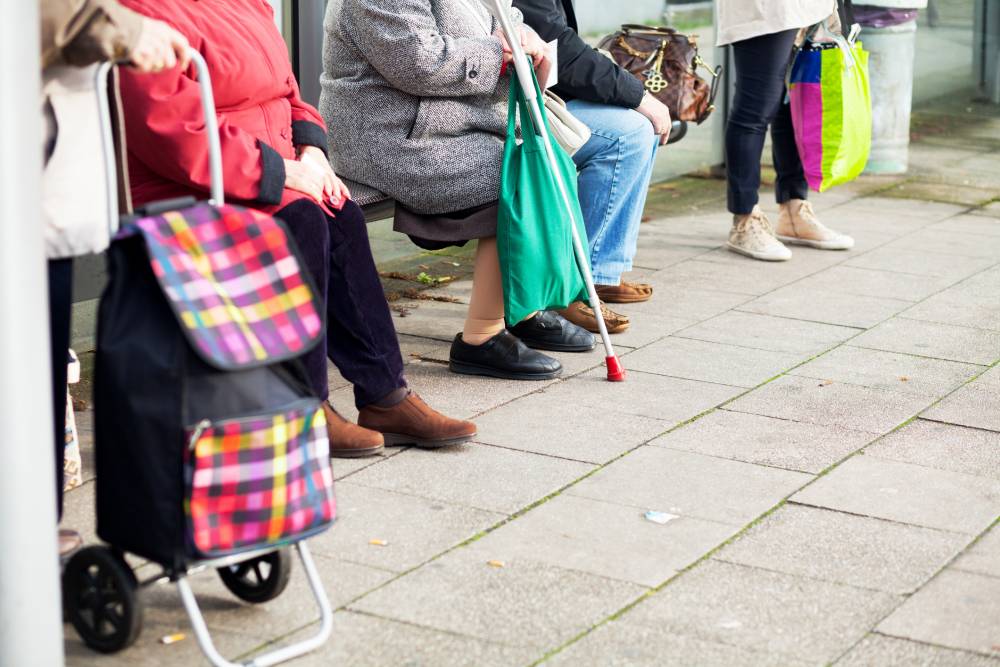
Older Australians are still having to wait more than 12 months to receive higher level home care packages, according to the latest data from the government.
And though the number of people on waiting lists for home care packages has fallen slightly, it remains at almost 120,000.
With wait times standing at more than a year, some are choosing not to put their names down for home care packages at all, we have heard anecdotally at HelloCare. Could people opting out of the system be the reason waiting list numbers have declined?
Shadow Minister for Ageing and Seniors, Julie Collins MP, said too many older Australians are still “languishing waiting for care”.
“It is shameful that in a wealthy country like Australia so many older vulnerable people can’t get the care they need,” she said.
According to the latest data, older Australians assessed as needing level 4 care must wait more than 12 months to receive a level 2 package.
“Yesterday Scott Morrison called the funding of more home care packages a ‘priority’ but with 120,000 older Australians waiting for this care, why won’t he act now?” Ms Collins said.
“Under the Liberal Government the waitlist for home care has grown from 88,000 to 120,000 older Australians,” she said.
Data from the Department of Health for the quarter to 30 Jun 2019, shows there were 72,062 people waiting for a home care package at their approved level who had not yet been offered access to a lower level package.
The number is down nearly 5 per cent from the 75,739 people waiting to receive a home care package who had not been offered a lower level package as of 31 March 2019.
At 30 June 2019, there were also 47,462 people waiting for a home care package at their approved level, who had been offered a lower level package.
This compares with the 53,299 people who were waiting for a home care package at their approved level who had already been offered a lower level package as of 31 March 2019 – a drop of nearly 11 per cent.
In total, as of 30 June 2019, there were 119,524 older Australians waiting to receive their correct level of home care package or a home care package at all. The number is down 7 per cent from 129,038 at the end of the March quarter.
Leading Age Services Australia welcomed the lower numbers on the home care waiting list, and noted it’s the first time in the queue’s history the number of older Australians waiting for a home care package has fallen.
“LASA applauds the Government’s noteworthy commitment to release more home care packages,” Mr Rooney said.
“However, it is still not good enough that at 30 June 2019, there were 119,524 elderly Australians waiting for a home care package at their approved level.
“Waiting times for a Home Care Package in many locations are still often more than 12 months or longer, and in some cases, over 24 months,” he said.
Mr Rooney said more funding is needed for higher level packages and in integrating the home care package program and CHSP beyond June 2022.
He said LASA “renews its call on the Government to develop a sustainable funding strategy for home care that considers all the available public and private funding levers”.
Mr Rooney said the government should legislate a maximum wait time of no more than three months for home care services.
Overall, the number of Australians receiving home care packages has risen strongly. As of 30 June 2019, 125,117 Australians had access to a home care package, compared with 99,932 at the same time last year – an increase of 25 per cent.
Last week, the government announced $150 million in additional funding for entry-level home care.
Minister for Aged Care and Senior Australians, Richard Colbeck, said the extra funding will be available to providers in areas where there is high demand.
“Around 18,000 seniors will benefit from an expansion of entry-level home support over the next 12 months,” he said.